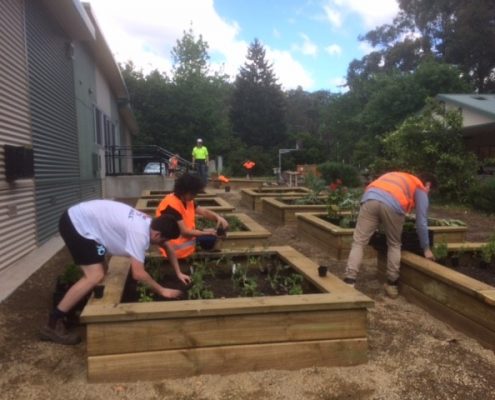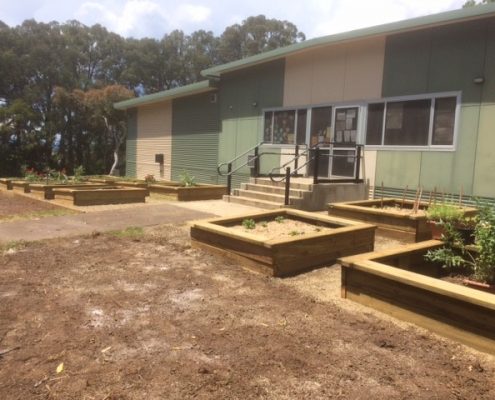Applied learning – preparing students for employment
We hear a lot about the benefits of ‘applied learning’ in schools and among teachers and academics, however it is often not clear what this refers to. The Victorian Curriculum and Assessment Authority describe applied learning as an approach, which emphasises the relevance of what is being learnt to the ‘real world’; the world outside ‘the classroom’. Applied learning involves students and their teachers in partnerships and connections with organisations and individuals outside the school.
Applied learning works with the learner in a holistic manner, taking into account their personal strengths, interests, goals and previous experiences. Applied learning acknowledges that part of the transition from school to work is being treated as an adult and that moving students out of the classroom to learn also means helping them to make a shift to become more independent and responsible for their own learning.
Vocational Education and Training (VET) is often described as applied learning. This is because training aligns with adult learning principles and focuses on skills and knowledge required by the workplace. VET also works in partnership with industry to make sure that graduates are work ready.
Applied learning in VET is practical and hands-on developing skills and safe work practices. Many VET courses require a mandatory work placement where the student is able to apply their learning in a real workplace. Work placements are also an opportunity to develop employability skills and to gain exposure to potential employers.
If you’re not sure about your choice of course in VET, Cire Training advises that you undertake an Industry Taster or Career Planning course to see if the career path is right for you.
Tim Broderick, Landscape Trainer at Swinburne Institute of Technology, recently spoke about the joint project at Silvan Primary School and students from the Cire Community School.
‘Over the last 10 weeks, I have had the privilege of working with a group of students from Cire Training in conjunction with Swinburne Institute of Technology. The students and myself 10 planters boxes 1800mm x 1800mm x 400mm, installed soil, herbs and plants for a colourful and professional finish. The result was a great kitchen garden for the Silvan Primary School’.
‘Students were able to understand what it is like to work on a building site and learn the tricks of the trade. Most were able to learn from their mistakes and work well together. They should all be very proud of what they were able to produce, something they can look back at in time and say, “I built that”!
This is an excellent example of applied learning in action. It is also representative of how Cire Services supports our youth to achieve success and build real skills for potential jobs and careers.
For further information on Cire Community School and VET courses call 1300 835 235.




